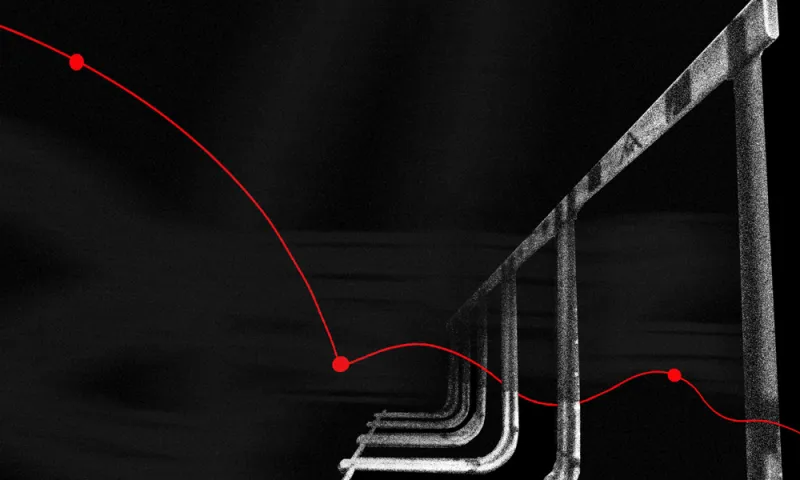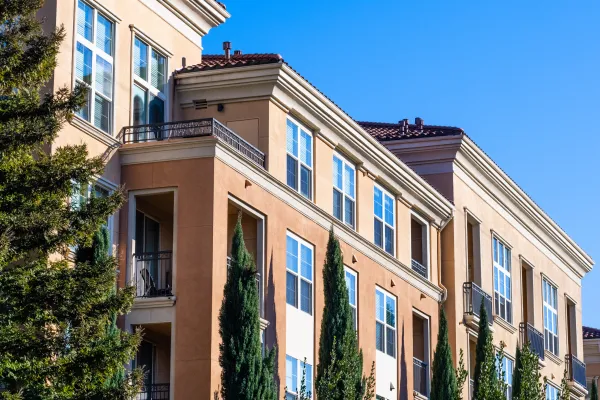Venture capital firms in the U.S. have struggled to meet their hurdle rates even as their performance has steadily improved, research by eFront found.
Only 38 percent of VC funds tracked over two decades produced gains exceeding the traditional 8 percent hurdle, according to a statement Monday from the alternative-assets data provider. Hurdle rates are time sensitive as they’re typically calculated as an internal rate of return.
Holding assets for a shorter period of time makes it easier to meet that threshold, putting the venture capital at a "disadvantage" relative to buyout funds because VC managers tend to back companies longer, according to eFront. The firm studied the performance of VC funds from 1992 to 2012, finding IRRs have steadily increased since the dotcom bust, particularly for more recent vintages. But the hurdle rate remains elusive for many.
“A one-size-fits-all hurdle rate calculated as an IRR appears as inadequate,” Tarek Chouman, chief executive officer of eFront, said in the statement. “It might unjustly punish venture fund managers, for example, as they require more time to develop their assets.”
While the top five percent of VC funds examined by eFront have exceeded the hurdle rate — including 1999 vintages that lived through the bursting of the internet bubble — the bottom 5 percent have never reached the threshold.
Underscoring the difficulty VC managers have in meeting the hurdle, the top 25 percent of funds have failed to reach it four years of the two decades evaluated by eFront. The firm calculated pooled average IRRs of 14.4 percent for the U.S. venture capital industry over that period.
Performance has strengthened in recent years, with the top five percent of VC funds from 2005 to 2012 posting IRRs of 20 percent to 40 percent, according to the statement. Bottom quartile funds stayed in “largely positive IRR territory” but still missed the hurdle, eFront said.
[II Deep Dive: What Happened to the ‘Venture’ in Venture Capital?]
The average holding periods in venture capital have risen, according to eFront. Funds created from 1999 to 2012 backed companies for an average 5.7 years before an exit, up from 3.6 years for vintages tracked from 1992 to 1998, the firm found.
The hurdle rate is “long overdue a revamp,” Chouman said. “A possible solution could be to negotiate a variable rate, computed as a premium” on a public market equivalent.







